Deep Vein Thrombosis
Deep vein thrombosis (DVT) is a condition in which a blood clot (thrombus) forms in one or more of the deep veins of the body, usually in the legs. DVT may occur in non-pregnant women but is up to five times more likely to occur in a pregnant woman. Pregnant women are at increased risk for DVT because during pregnancy, pressure in the veins in the pelvis and legs increases. Women who have an inherited clotting disorder are especially at risk for DVT. The risk of DVT can continue up to six weeks after delivery.
What are the symptoms and causes of Deep Vein Thrombosis?
In the majority of DVT cases, no symptoms occur. When DVT symptoms do arise, they include:
- Swelling in the affected leg in the ankle and foot
- Pain the leg in the ankle and foot
- Cramping in the affected leg
- Changes in skin color, such as turning pale, red or blue
DVT may develop after sitting still for long periods of time, such as while traveling by car or plane or if you have certain medical conditions that create a tendency towards blood clotting. If you are restricted in your movement while pregnant, exercise your lower calf muscles by raising and lowering your calves to reduce your risk towards blood clotting in your calves. If you are able, stretch your legs as much as possible during your pregnancy to help reduce your risk towards DVT.
What are the risks of DVT?
DVT has the potential to be very dangerous. If a blood clot forms in the vein it can break loose, travel through the bloodstream and lodge in the lungs, blocking blood flow.
If you are experiencing symptoms of DVT or are concerned that you may develop DVT, schedule an appointment with an Obstetrician at Fakih IVF Center to learn how you may reduce your risk of DVT.









